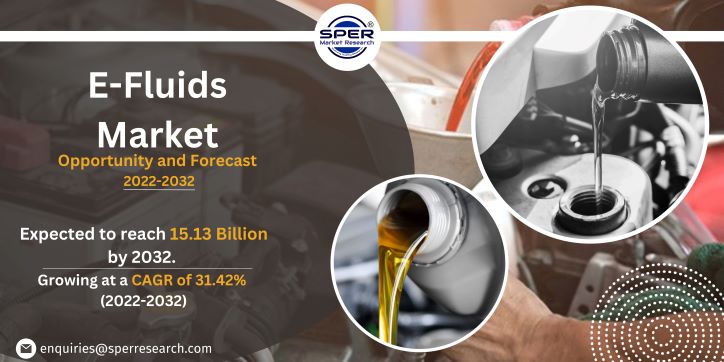Conveyor Systems are designed to move materials from one location to another efficiently. They come in different designs but all have a source of power (mechanical or pneumatic) to move the materials. Examples of conveyor systems include screw conveyors, vibrating conveyors, and pneumatic conveyors.
Other ways to move materials include manually lifting and carrying them or using a forklift. It’s important to note that the focus of this discussion is on conveyor systems that handle bulk materials such as powders, pellets, and grains, rather than liquid or large-sized products.
Pneumatic Conveying is a method of moving dry bulk materials through a pipeline using either negative or positive pressure air flow. It is a way of using air movement to transport materials. In simpler terms, it is the use of air in motion to convey materials.
Pneumatic Conveying Requires:
When air is in motion at a certain velocity, it can move material at a velocity that is strong enough to overcome friction. The kinetic energy transfers from the gas to the solid during this process. Understanding how pneumatic conveying systems work is crucial. You should consider several factors when buying a pneumatic conveying system.
Factors to Consider for Pneumatic Conveying Systems
Bulk Density of the Material
For any pneumatic conveying application, it is important to consider the loose bulk density of the product as it is a critical indicator for determining the appropriate size of the conveyor. Note that bulk density should not be confused with the particle density of a product, which is a material characteristic that assumes there is no air present between the particles, which is not the case in real-world applications.
Distance
The distance that the material must be transported is a crucial factor to be considered. When the product moves through the air inside the conveying pipe, a specific amount of energy is required to overcome friction and move the material forward. Therefore, the longer the distance that the material travel, the more energy is required.
Product Characteristics
It is vital to know the product characteristics before selecting a pneumatic conveying system. Different products, such as food, dairy, and chemical products, have unique requirements and selection processes. Food and dairy products may need specialized materials that come in contact with the product and require specific regulatory approvals from bodies like the FDA and USDA, as well as good manufacturing practices (GMP). Chemical derivatives may need materials that are resistant to corrosion for product contact.
Moisture Content
Products with high moisture content must be handled with care, and testing is necessary before selecting a conveying system. Products that are hygroscopic (i.e., they absorb moisture from the air) also require special attention and testing. To prevent moisture absorption, an air-conditioned room or dehumidification of the conveying air may be necessary.
Are You Using a Batch or Continuous Process?
It’s essential to be clear whether the conveying system you want is for a batch or a continuous process. For example, small conveyors discharging into a surge bin are typical of a batch process. It’s important to determine if the material will be fed into the process through a feeder or an intermediate hopper and if the conveying system can handle the influx of material during a batch process.
Know Your Conveying Rate
When determining conveying rates, it’s important to know how much material (in pounds or kilos) will be transported per hour. Additionally, it’s essential to specify whether the process is batch or continuous. For example, if the process requires transporting 2000 lb/hr of product, in a batch process, that would mean lifting 2000 pounds every 5 minutes for 1 hour, for a total of 24,000 lb/hr. This is different from lifting 2000 pounds over 60 minutes in a continuous process.
Process Equipment
The equipment that comes before the conveyor in the process can have an impact on the equipment that comes after it. The more a pneumatic conveyor manufacturer understands the entire process, the better equipped they are to provide a system that meets the customer’s needs. The design of the conveyor can be influenced by equipment used in the process, such as loss-in-weight feeders, mixers, extruders, packers, volumetric feeders, and other equipment. For instance, feeders that have lost weight must be replaced as soon as possible to avoid disrupting the process.
Plant Site and Industry Environment
When buying a system, it’s important to take into account the location of the plant and the industrial environment in which the equipment will be used. The size of the vacuum source needed can be affected by the altitude, similar to how cooking at higher elevations can affect the cooking time. For example, a plant located at sea level might require a 5-HP vacuum pump for an application, while the same application at an altitude of one mile (such as in Denver) would need a 7.5-HP vacuum pump.
How Sodimate can help: Pneumatic Conveying Systems Designed to Your Specifications
Sodimate provides customized pneumatic conveying systems that are designed to meet your specific needs. No matter how complex your project is or the nature of the material you need to move, we can evaluate your company’s needs and determine the best solution for you to solve your dry bulk and powder handling problems.





